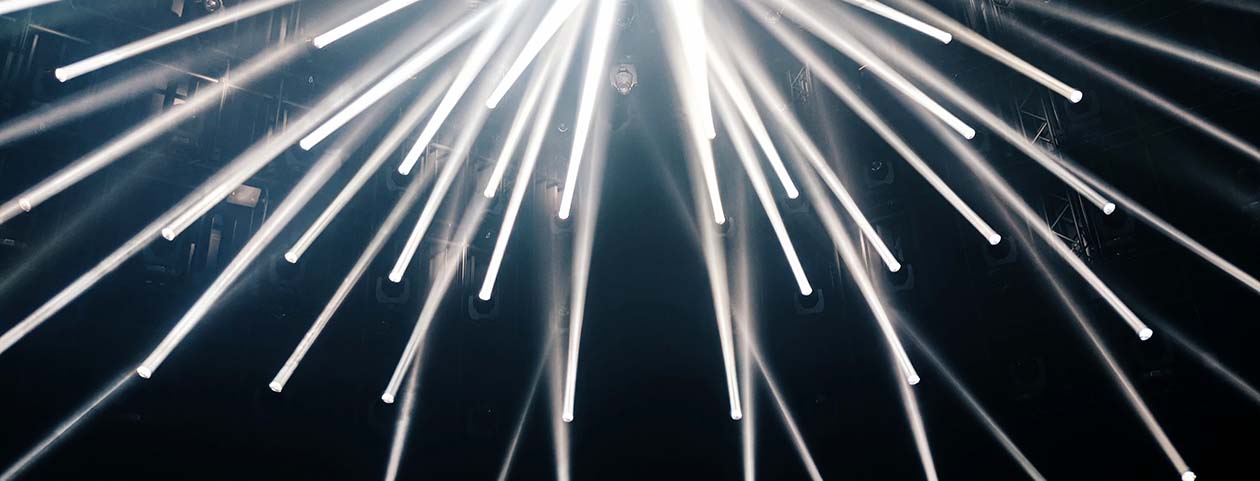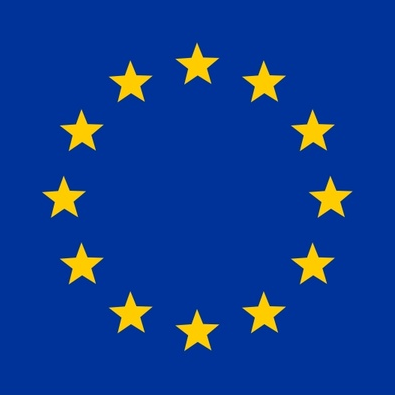CMOS (linear image sensor) integration time can be defined as the period over which the spectrometer collects photons in every goniometer measurement point. The length of this time is important:
- It must be adapted to the maximum candela output to optimize the signal-to-noise ratio – not too high (over-saturation) and not too low.
- The integration time should navigate safely around flicker (temporal light artifacts).
Viso software removes the headache of setting sensor integration time during light measurements.
Some light sources flicker and some have very high outputs. As a result, setting spectrometer integration/exposure time can be quite challenging. In some cases, it requires expert knowledge when this timesetting is in the microsecond range.
Viso measurement solutions optimize the integration time fully automatically – speeding up measurement times and eliminating manual operational errors.
This is how Viso handles integration time
Before each measurement session, the Light Inspector software makes a quick flicker analysis of the light source. A quick pop-up window will appear during this procedure.
This verification data is used to set an averaging function of the spectrometer data sampling, ensuring the complete flicker period is sampled evenly by the spectrometer sensor.
As the goniometer moves through the various measuring points, the spectrometer actually keeps capturing data. Resultingly, the reported individual datapoints will consist of multiple sample points closely around the defined measurement point.
The number of data points in the sample is determined by a smart algorithm in the Light Inspector software. For the operator of the Viso measurement solutions, this algorithm eliminates all concerns about conflicts between flicker frequency periods and sensor exposure times.
What Viso clients experience
Well, Viso clients probably do not notice much – except a few automated messages. The initial time is set to match the light going straight toward the sensor during start-up. If the systems encounter more light during the session, it will automatically restart the measurement to account for this.



